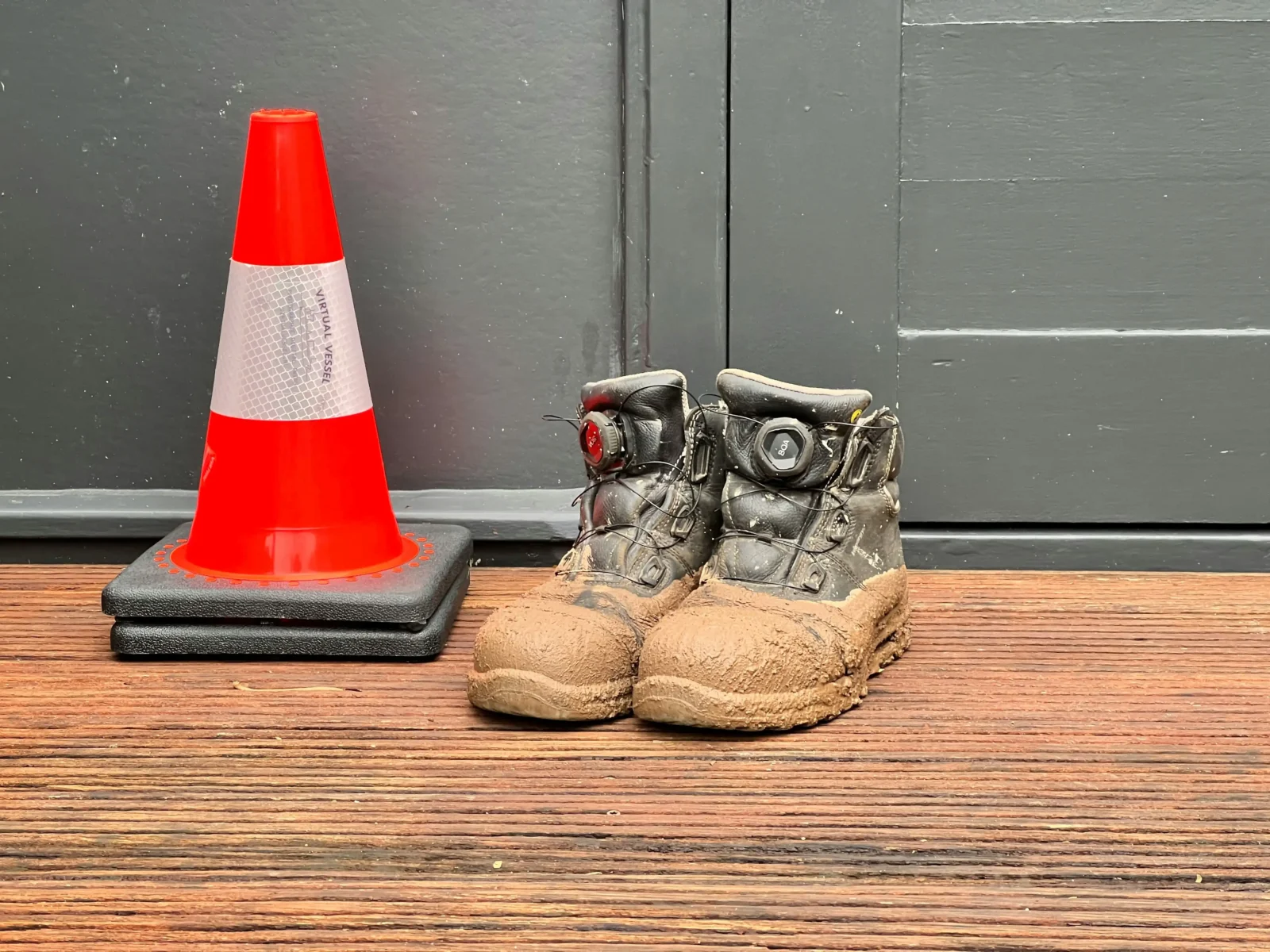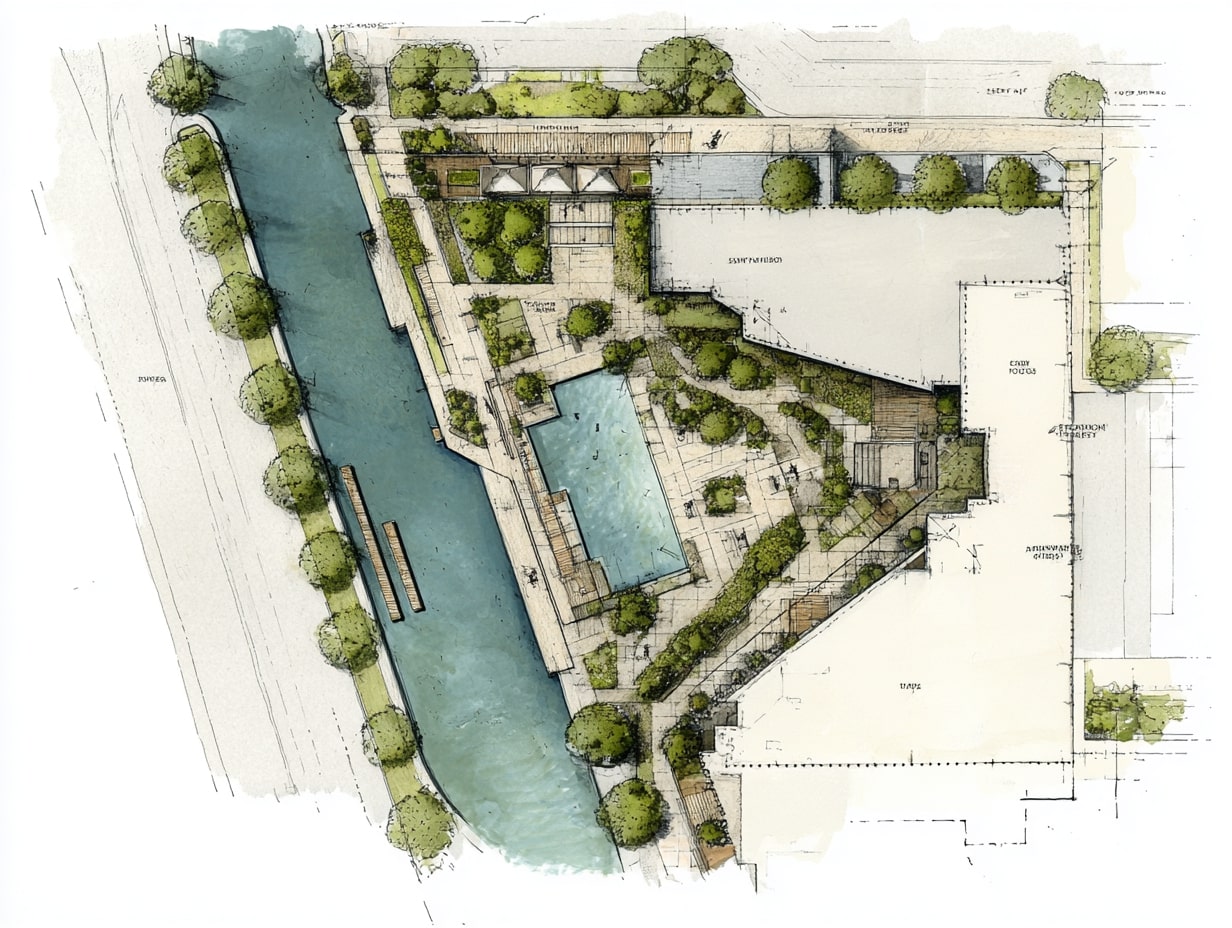- Home
- Articles
- Architectural Portfolio
- Architectral Presentation
- Inspirational Stories
- Architecture News
- Visualization
- BIM Industry
- Facade Design
- Parametric Design
- Career
- Landscape Architecture
- Construction
- Artificial Intelligence
- Sketching
- Design Softwares
- Diagrams
- Writing
- Architectural Tips
- Sustainability
- Courses
- Concept
- Technology
- History & Heritage
- Future of Architecture
- Guides & How-To
- Art & Culture
- Projects
- Interior Design
- Competitions
- Jobs
- Store
- Tools
- More
- Home
- Articles
- Architectural Portfolio
- Architectral Presentation
- Inspirational Stories
- Architecture News
- Visualization
- BIM Industry
- Facade Design
- Parametric Design
- Career
- Landscape Architecture
- Construction
- Artificial Intelligence
- Sketching
- Design Softwares
- Diagrams
- Writing
- Architectural Tips
- Sustainability
- Courses
- Concept
- Technology
- History & Heritage
- Future of Architecture
- Guides & How-To
- Art & Culture
- Projects
- Interior Design
- Competitions
- Jobs
- Store
- Tools
- More
How USA Construction is Adapting to Climate Change: Strategies and Innovations

Climate change is no longer a distant threat; it’s a pressing reality that’s reshaping industries across the globe, including construction. As we face more extreme weather events and rising sea levels, the construction sector in the USA is stepping up to address these challenges head-on.
We’re seeing innovative building techniques and materials designed to withstand harsh conditions and reduce environmental impact. From green roofs to energy-efficient buildings, the industry is evolving rapidly to ensure our infrastructure can endure the changing climate. Let’s dive into how these advancements are not only protecting our communities but also paving the way for a more sustainable future.

Table of Contents
ToggleTrends in Climate-Resilient Construction
USA construction is evolving rapidly to tackle climate change effects. Innovative approaches focus on sustainability and resilience.
Green Building Practices
Green building practices incorporate sustainable materials. Recycled steel, reclaimed wood, and low-VOC paints reduce environmental impact. Green roofs mitigate urban heat islands and improve insulation. LEED (Leadership in Energy and Environmental Design) certifications ensure buildings meet stringent environmental standards.
Incorporating Renewable Energy Solutions
Construction projects increasingly integrate renewable energy. Solar panels provide sustainable electricity. Wind turbines generate power in suitable locations. Geothermal systems offer efficient heating and cooling. These solutions lower greenhouse gas emissions, enhancing overall climate resilience.
Key Technologies in Modern Construction
Adopting advanced technologies enables the construction industry in the USA to better adapt to climate change. By focusing on innovation, we can create more resilient and sustainable structures.

Advanced Building Materials
Advanced building materials play a significant role in enhancing durability and reducing the carbon footprint of construction projects. Materials such as cross-laminated timber (CLT) are becoming popular for their strength and sustainability. Recycled concrete, which incorporates industrial by-products, helps minimize waste and resource consumption. High-performance insulation materials, like aerogels, offer superior thermal efficiency, reducing energy consumption from heating and cooling systems. Additionally, phase-change materials (PCMs) can regulate indoor temperatures by absorbing and releasing heat, improving energy efficiency.
Smart Monitoring Systems
Smart monitoring systems improve building performance and resilience through real-time data collection and analysis. IoT sensors track structural health, identifying potential issues before they become critical. Environmental sensors measure temperature, humidity, and air quality, allowing for adaptive responses to changing conditions. Energy management systems optimize energy usage by monitoring consumption patterns and adjusting performance automatically. Building information modeling (BIM) software integrates these data streams, providing a comprehensive overview of a building’s health and efficiency, enabling informed decision-making and proactive maintenance.
Government Regulations and Incentives
Government regulations and incentives play a crucial role in guiding the construction industry toward climate resilience.
Federal and State-Level Initiatives
The federal government has implemented several initiatives to promote sustainable construction practices. The U.S. Department of Energy (DOE) oversees programs that encourage energy-efficient buildings through grants and tax incentives. For example, the Better Buildings Initiative aims to improve energy efficiency by 20% in commercial buildings by 2030.
State-level initiatives also support these goals. California’s Title 24 Building Standards mandate energy-efficient designs for new constructions, while New York’s Green Building Tax Credit offers financial incentives for sustainable practices.
Impact on Construction Standards
These regulations significantly influence construction standards. Building codes now include provisions for energy-efficient materials and renewable energy installations. LEED certification, supported by federal and state incentives, has become a benchmark for sustainable construction. Codes now enforce the use of recyclable materials, and smart technologies to meet both environmental and economic goals.

Challenges Facing the Construction Industry
USA construction is adapting to climate change, but several challenges persist.
Cost Implications
Climate-resilient construction often incurs higher upfront costs. Materials like insulated concrete forms and cross-laminated timber, which improve energy efficiency, come at a premium. Initial investments for renewable energy installations—solar panels and wind turbines—also add to expenses. These costs may deter smaller firms, even though long-term savings in energy and maintenance can offset them.
Skill Gaps and Training Needs
The shift towards sustainable construction methods highlights skill gaps. Workers familiar with traditional methods might lack expertise in new technology and materials. Specialized training in installing advanced systems, like smart monitoring and renewable energy setups, is necessary. Educational programs and certifications can bridge these gaps, ensuring the workforce is prepared for future demands.

Conclusion
The construction industry in the USA is effectively adapting to climate change by prioritizing green building practices and leveraging advanced technologies. Through innovations like green roofs and LEED certifications, our buildings are becoming more sustainable. Renewable energy solutions such as solar panels and wind turbines further enhance efficiency while reducing emissions.
Our focus on advanced building materials and smart monitoring systems is improving both performance and resilience. Regulatory initiatives from the U.S. Department of Energy and various state programs are creating frameworks that encourage sustainable practices. These guidelines help us incorporate energy-efficient materials, renewable energy installations, and smart technologies in our building processes.
Despite these advancements, challenges remain. The high upfront costs of climate-resilient materials, including insulated concrete forms and cross-laminated timber, can be a barrier. Additionally, there is a need for specialized training to address skill gaps in the workforce. Workers must become proficient in the latest technologies and materials to meet the demands of sustainable construction methods.
By addressing these challenges and continuing to innovate, we can build a future where our construction practices not only meet regulatory standards but also contribute to a sustainable, resilient environment.
- building in a changing climate USA
- climate adaptive construction materials
- climate change adaptation construction
- climate resilient building techniques
- construction industry climate change response
- construction innovations climate change
- eco-friendly construction methods USA
- energy efficient building practices USA
- green building strategies USA
- sustainable construction USA
- US construction climate change strategies
- USA construction climate change
A licensed architect with hands-on studio experience, I translate complex design ideas into clear, engaging stories for a global audience. As a seasoned content writer and editor, I craft articles, project features, and thought-leadership pieces that illuminate emerging technologies, sustainable practices, and cutting-edge design trends—always with an architect’s eye for detail, accuracy, and narrative flow. My goal is to bridge practice and publication, giving fellow professionals and curious readers alike the insight and inspiration they need to push architectural boundaries.
Submit your architectural projects
Follow these steps for submission your project. Submission FormLatest Posts
Shipping Containers as Functional Infrastructure on Construction Sites
Construction sites are temporary by definition, yet the systems that support them...
Understanding Site Safety Footwear in Architectural Practice
Architecture is often discussed through drawings, models, and finished buildings, yet a...
General Arrangement Drawings in Architecture: The Backbone of Clear Design Communication
General Arrangement Drawings explained: what they are, when to use them, how...
The Ultimate Guide to Fencing in North Dakota: Choosing the Best Fence for Your Property
Watching a chain link fence twist in 70 mph winds near Minot...












Leave a comment